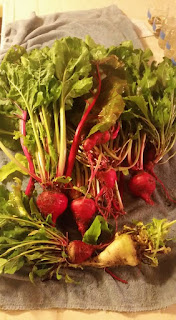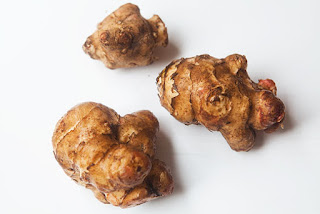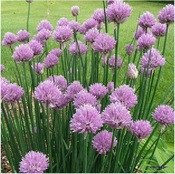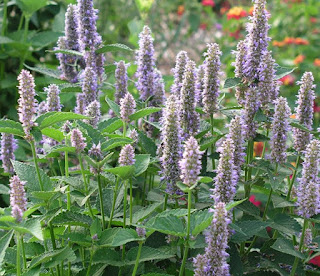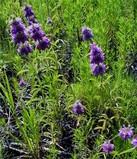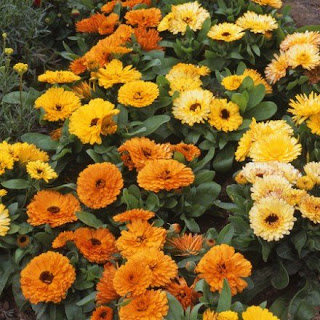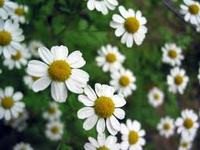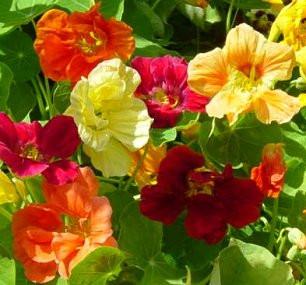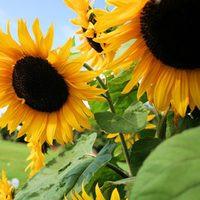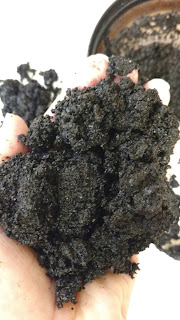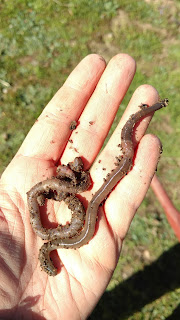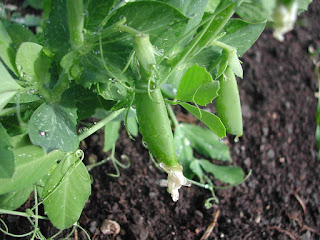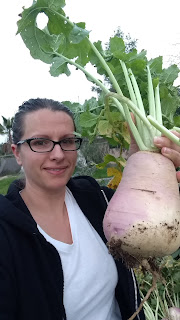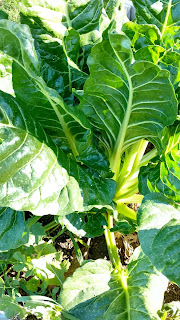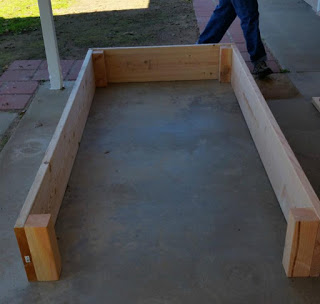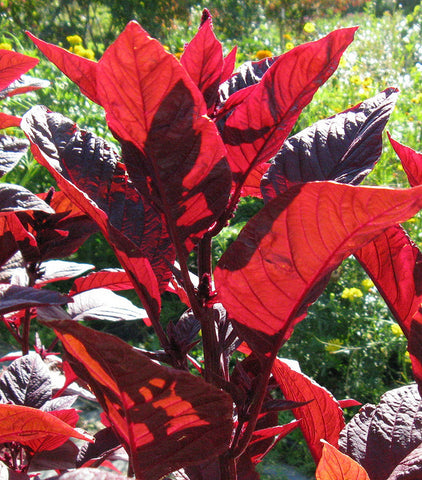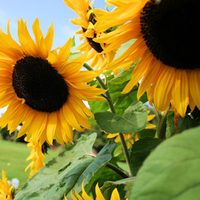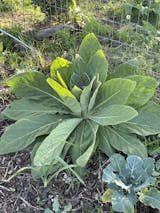|
**Please keep in mind that this is a general recommendation for each region listed. If your area is experiencing unusually extreme changes in weather you'll need to adjust and plant accordingly**

Sow Outdoors: Artichoke, Asparagus, Bush & Pole Beans, Lima Beans, Beets, Carrots, Chinese Cabbage, Celery, Collards, Sweet Corn, Eggplant, Fennel, Lettuce, Melons, Bunching Onions, Peppers, Radish, Radicchio, Rutabaga, Scallion, Spinach, Swiss Chard, Tomato and Watermelon. Herbs: Anise, Basil, Borage, Calendula, Catnip, Chamomile, Caraway, Chives, Cilantro, Comfrey, Dill, Echinacea, Lavender, Lemon Bee Balm, Lemonbalm, Lemongrass, Mugwort, Oregano, Parsley, Sage, Tarragon, Toothache Plant, Thyme and Yarrow
CONTINUE READING
Arugula, Bush & Pole Beans, Beets, Carrots, Sweet Corn, Endive, Leeks, Lettuce, Parsnips, Peas-Snow or English, Radish, Radicchio, Rutabaga, Spinach, Swiss Chard and Tomatoes
Basil, Chives, Cilantro, Dill, Parsley, Rosemary, Sage, Tarragon and Thyme
*Depending on your region, you might want to look at the APRIL planting list as well*
CONTINUE READING
Arugula, Bush & Pole Beans, Beets, Cabbage, Carrots, Collards, Corn, Cucumber, Eggplant, Kale, Kohlrabi, Lettuce, Melons, Mustard, Peas, Peppers, Pumpkins, Radish, Radicchio, Rutabaga, Scallion, Spinach, Squash, Swiss Chard, Tomatoes, Turnips and Watermelon.
Don't forget the HERBS and Wildflowers!
CONTINUE READING
Sow Indoors: Eggplant and Basil
Sow Outdoors: Arugula, Artichoke, Asparagus, Bush Beans & Pole Beans, Lima Beans, Beets, Broccoli, Brussels Sprouts, Cabbage, Cantaloupe, Carrots, Celery, Collards, Sweet Corn, Cucumber, Kale, Kohlrabi, Lettuce, Melons, Mustard, Peas- Garden & Snow, Peppers, Potatoes, Radish, Radicchio, Rutabaga, Scallion, Spinach, Summer Squash, Swiss Chard, Tomatoes and Turnips. Herbs: Anise, Basil, Borage, Calendula, Catnip, Chamomile, Caraway, Chives, Cilantro, Comfrey, Dill, Echinacea, Lavender, Lemon Bee Balm, Lemonbalm, Lemongrass, Mugwort, Oregano, Parsley, Sage, Tarragon, Toothache Plant, Thyme and Yarrow
FLORIDA has been split in 3 regions
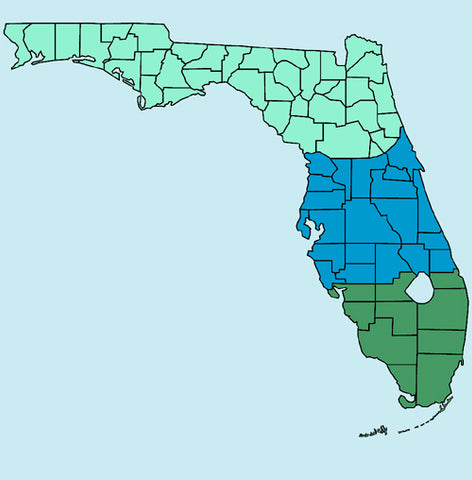
Arugula, Bush & Pole Beans, Lima Beans, Cantaloupe, Carrots, celery, Chinese Cabbage,Sweet Corn, Cucumber, Endive, Lettuce Melons, Mustard, Okra, Bunching Onions, Southern Peas, Peppers, Sweet Potatoes, Radish, Radicchio, Rutabaga, Scallion, Summer Spinach, Summer Squash & Winter Squash, Swiss Chard and Watermelon
CONTINUE READING
Amaranth, Arugula, Bush & Pole Beans, Lima Beans, Cantaloupes, Carrots, Celery, Chinese Cabbage, Sweet Corn, Cucumber, Kohlrabi, Okra, Bunching Onions, Southern Peas, Peppers, Sweet Potatoes, Radish, Spinach, Summer Squash, Winter Squash, Swiss Chard, Cherry Tomatoes and Watermelon
CONTINUE READING
Amaranth, Arugula, Bush & Pole Beans, Lima Beans, Cantaloupes, Carrots, Sweet Corn, Cucumber, Eggplant, Kohlrabi, Okra, Bunching Onions, Peas-Snow or English, Southern Peas, Peppers, Sweet Potatoes, Radish, Spinach, Summer Squash, Winter Squash, Swiss Chard, Tomatoes and Watermelon
Herbs: Anise, Basil, Borage, Calendula, Catnip, Chamomile, Caraway, Chives, Cilantro, Comfrey, Dill, Echinacea, Lavender, Lemon Bee Balm, Lemonbalm, Lemongrass, Mugwort, Oregano, Parsley, Sage, Tarragon, Toothache Plant, Thyme and Yarrow
CONTINUE READING
Arugula, Basil, Lima Beans, Snap Beans, Yardlong Beans, Beets, Carrots, Corn, Cucumber, Melons, Okra, Onion, Peanuts, Pumpkin, Radishes, Summer Squash,
Winter Squash, Sunflower, Tomatoes and Watermelon
Transplants: Artichoke, Basil, Eggplant, Peppers and Tomatoes
*If you are starting seeds indoors or in a greenhouse, you can plant just about anything*
Arugula, Broccoli, Brussels Sprouts, Cabbage, Cauliflower, Eggplant, Kale, Leeks, Lettuce, Onions, Peas, Peppers, Swiss Chard, Tomatoes and Turnips
INDOOR planting for cooler/cold areas. If your area is warming up or already warmed up, it might be time to plant outside!
*If you are starting seeds indoors or in a greenhouse,
you can plant just about anything*
Sow Indoors/Outdoors: Artichoke, Broccoli, Cabbage, Celery, Chard, Collards, Eggplant, Endive, Kale, Kohlrabi, Leek, Lettuce, Onions, Pak Choy, Peppers, Radicchio, Scallion, Tomatoes, Basil, Chives, Cilantro, Marjoram, Parsley, Rosemary, Sage, Savory, and Thyme
Direct Sow: Arugula, Lettuce, Mustard and Spinach
CONTINUE READING
Sow Indoors: Basil, Broccoli, Cabbage, Cauliflower, Celery, Chard, Eggplant, Kale, Kohlrabi, Leek, Lettuce, Onion, Pak Choy, Peppers, Radicchio, Tomato, Chives, Fennel, Parsley, Oregano, Sage, Tarragon and Thyme.
Sow Outdoors: Arugula, Beets, Carrot, Kohlrabi, Lettuce,
Pak Choy, Peas, Radish, Radicchio, Spinach, Turnips,
Outdoor Herbs: Cilantro and Parsley
CONTINUE READING
Sow Indoors: Broccoli, Brussels Sprouts, Cabbage, Celery, Chard, Eggplant, Endive, Kale, Leek, Lettuce, Onion, Peppers, Radicchio, Scallion, Spinach and Tomato.
Indoor Herbs: Basil, Chives, Cilantro, Parsley, Rosemary, Sage, Tarragon and Thyme.
CONTINUE READING
Sow Indoors: Broccoli, Cabbage, Celery, Eggplant, Endive, Fennel, Kale, Kohlrabi, Leek, Lettuce, Onions, Pak Choy, Peppers, Radicchio, Scallions, Swiss Chard, Tomatoes
Sow Outdoors: Arugula, Asparagus, Beets, Carrots, Collards, Endive, Lettuce, Pak Choy, Parsnips, Peas, Radish, Radicchio, Rutabaga, Sorrel, Spinach and Turnips
Herbs: Basil, Chives, Cilantro, Dill, Parsley, Sage,
Thyme and Wildflowers!
CONTINUE READING
Sow Indoors: Broccoli, Cabbage, Celery, Swiss Chard, Eggplant, Endive, Kale, Leek, Lettuce, Onions, Pak Choy, Peppers, Radicchio, Tomato. Indoor Herbs: Basil, Chives, Cilantro, Oregano, Parsley, Rosemary, Sage and Thyme.
Sow Outdoors: Arugula, Beet, Carrot, Lettuce, Pak Choy, Peas, Radish, Radicchio, Sorrel, Spinach and Turnip.
Don't forget the Wildflowers!
CONTINUE READING
|





